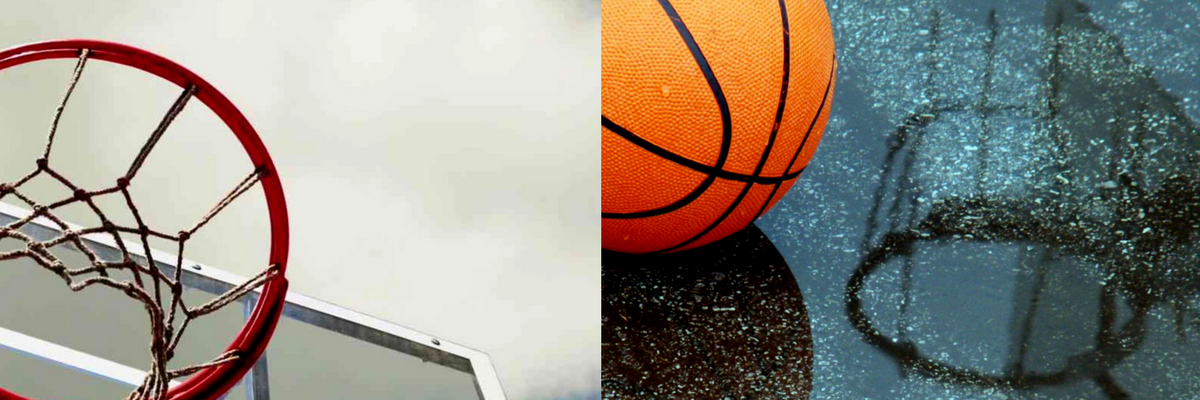LeBron is widely regarded as the best wing defender in the NBA. But has he actually been getting lucky on defense over the last two years? Wait, LeBron getting lucky on defense? The man who has inspired a video on his chasedown blocks?
That can’t be right, can it?
at Hickory High, Ian Levy calculates Expected Points per Shot (XPPS) based on shot locations. The calculation is simple: multiply each player’s total FGA from each location by the leaguewide expected points per shot at that location, add it up and then divide by the player’s total FGA. Levy then adjusts the total by the number of fouls a player draws using the average value of a pair of free throws (1.511). Then he compares this to the players’ actual points per shot.
Here at Vantage, we can take this metric one step further. Not only do we have shot location data but we have shot defense data as well. Additionally, we even know who is guarding the shooter. So we can calculate a defender’s XPPS. Using this metric, we can see if the defender is getting lucky (or unlucky) with his defense. If the defender is contesting shots and forcing the shooter to take the shot from more difficult shot locations, we’d expect to see a very low XPPS.
Let’s look at LeBron’s defense and see if he has been lucky. Is he forcing his shooters into tough shots? First, we need to calculate the XPPS for the league.
contested shots:
| Shot Location | XPPS | fga |
| a | 1.049048 | 1733 |
| b | 1.035159 | 3214 |
| c | 0.971154 | 2496 |
| d | 0.980715 | 3215 |
| e | 1.065789 | 1748 |
| f | 0.923077 | 26 |
| g | 0.777579 | 1677 |
| h | 0.700235 | 2125 |
| i | 0.781012 | 5119 |
| j | 0.719453 | 2046 |
| k | 0.738318 | 1712 |
| l | 1 | 12 |
| m | 0.47619 | 21 |
| n | 0.76643 | 2252 |
| o | 0.769585 | 868 |
| p | 0.783333 | 840 |
| q | 0.760017 | 2371 |
| r | 0.736842 | 19 |
| s | 1.0625 | 32 |
| t | 0.989032 | 5197 |
| u | 1.0197 | 5127 |
| v | 0.967966 | 4901 |
| w | 0.807692 | 52 |
(Note: See location chart at the bottom of this post.)
| Location | XPPS | fga |
| a | 1.241379 | 29 |
| b | 0.833333 | 54 |
| c | 1.241379 | 29 |
| d | 1.090909 | 66 |
| e | 1.2 | 25 |
| g | 0.526316 | 19 |
| h | 0.727273 | 22 |
| i | 0.878049 | 41 |
| j | 0.545455 | 22 |
| k | 0.714286 | 14 |
| n | 0.48 | 25 |
| o | 0.857143 | 14 |
| p | 0.571429 | 14 |
| q | 1 | 18 |
| s | 2 | 1 |
| t | 1.125 | 64 |
| u | 1 | 100 |
| v | 0.8 | 50 |
| w | 1 | 2 |
| Total | 0.934319 | 609 |
(Note: See location chart at the bottom of this post.)
What does this mean? Our intuition is that LeBron has gotten slightly lucky with his actual points per shot allowed being lower than what you would expect given where and what type of shot defense he played against the opposing player. We suspect the difference isn’t significant enough to say he’s due for any type of regression.
I plan to do a full analysis of all players in the NBA to ground the intuition with data, and to identify the luckiest and unluckiest defenders in the NBA. Stay tuned.

